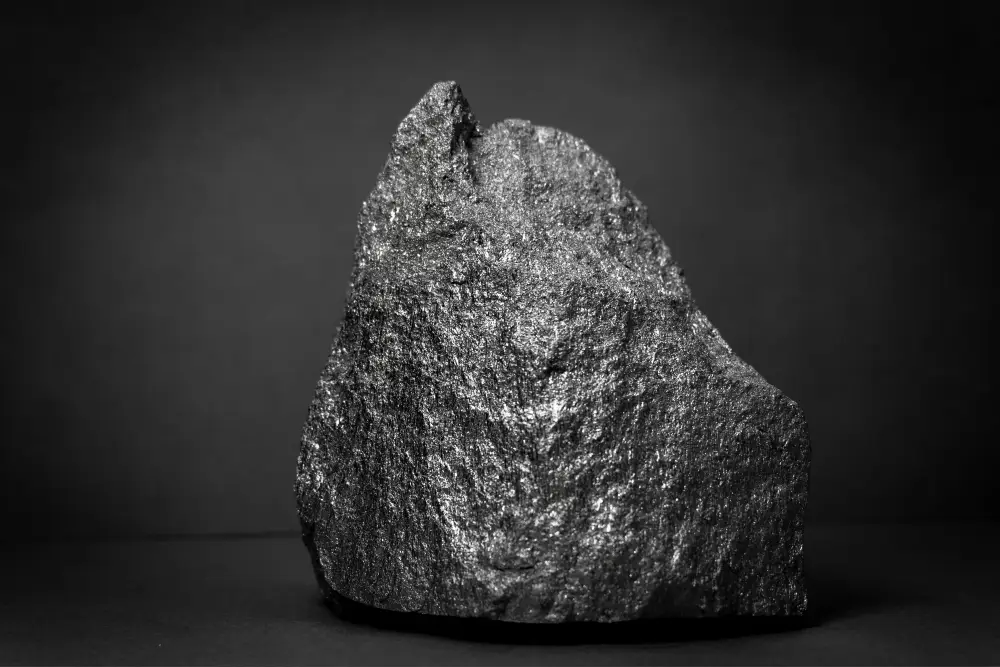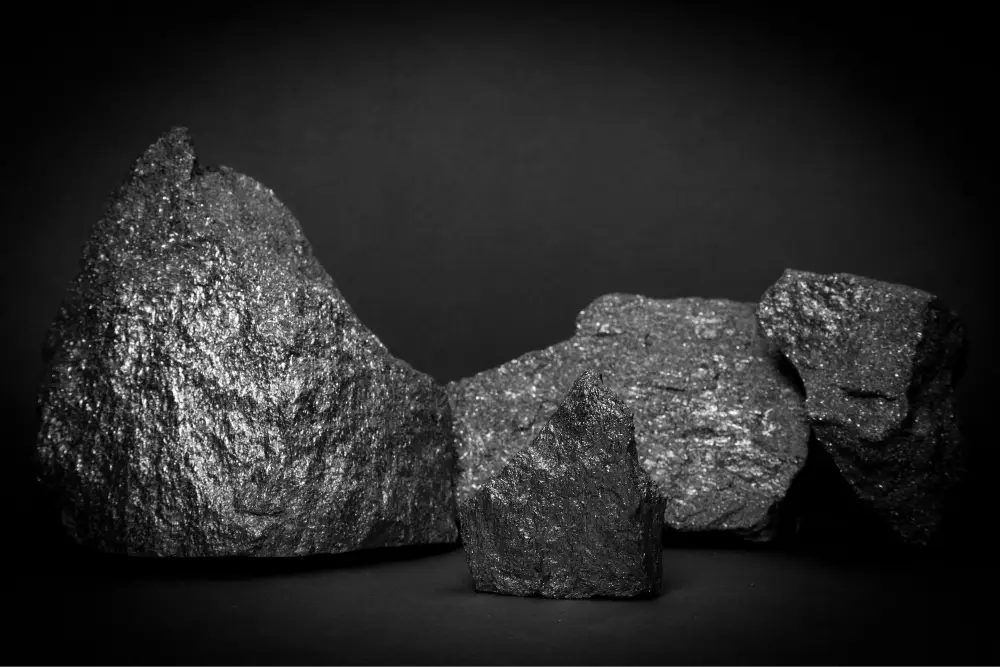
فروکروم، آلیاژی از آهن و کروم، کلید تولید فولادهای ضدزنگ و ابزارهای مقاوم است. محصول ما با استانداردهای بینالمللی برای صنایع فولادی، شیمیایی و کشاورزی طراحی شده است.
فروکروم ( FeCr) ، فرو آلیاژی است که از ترکیب آهن(Fe) و کروم(Cr) به دست می آید. پیشوند”فرو” به معنی آهن است .این فرو آلیاژ علاوه بر آهن و کروم،حاوی مقادیری از کربن ( C)، سیلیسیم (Si)،گوگرد(S) و فسفر(P) نیز می باشد.
فروکروم به عنوان یک ماده کلیدی در تولید فولادهای کم آلیاژ سازهای ( با ۱٪ تا ۳٪ کروم) و بلبرینگ های فولادی مورد استفاده قرار میگیرد.کروم به دلیل توانایی تشکیل اکسید محافظ (Cr2O3) در فولاد های ضد زنگ(stainless steel) به کار می رود. علاوه بر این،این عنصر قابلیت تشکیل کاربیدهای سخت را نیزدارد و در کاربردهایی که مقاومت به سایش اهمیت دارد، مورد استفاده قرار میگیرد.
این فرو آلیاژها به طورکلی به سه دسته اصلی تقسیم می شوند:
فروکروم کم کربن(LC FeCr)
فروکروم با کربن متوسط(MC FeCr)
فروکروم پرکربن (HC FeCr).
تولید فروکروم پر کربن از طریق فرآیند الکترومتالورژی در کوره های قوس الکتریکی و با استفاده از سنگهای معدنی کرومیت و آهن انجام می شود.این فرایند شامل احیائ اکسید های اهن و کرومیت توسط عامل احیاءکننده کک تولید می شود.مجتمع صنعتی تاپ اکو خاورمیانه به تولید فروکروم پرکربن می پردازد که در صنایع مختلف مورداستفاده قرار میگیرد.
فروکروم عمدتاً برای تولید فولاد ضد زنگ مورد مصرف قرار می گیرد .حضورمقداربیش از ۱۸ درصد از عنصر کروم در فولاد باعث تبدیل آن به فولاد ضدزنگ میشود .همچنین ،تا ۴ درصداز کروم در فولاد به عنوان عنصرآلیاژی جهت افزایش سختی پذیری و بهبود خواص مکانیکی فولاد می گردد.
میزان کربن در فروکروم پرکربن ۶ تا ۸ در صد می باشد و کروم آن ۶۰ الی ۶۷ درصد متغیر می باشد . این ماده درساخت بلبرینگ های فولادی،ابزارها و سایر فولاد های آلیاژی به کار میرود.
سرباره حاصل از تولید فروکروم پرکربن دارای ترکیب کمپلکس از (Al2O3-MgO-SiO2)به همراه مقدار جزئی اکسید کروم(Cr2O3)و اکسیدآهن(Fe2O3) می باشد که در صنایع تولید سیمان و صنایع عایق سازی برای ساخت پشم سنگ مورد استفاده قرار میگیرد.








شرکت تاپ اکو خاورمیانه یکی از پیشروان تولید فروکروم مستقر در منطقه ویژه اقتصادی رفسنجان است. با ظرفیت سالانه ۶۰,۰۰۰ تن، این شرکت به ایجاد اشتغال کمک کرده و بر روی روشهای پایدار تمرکز دارد. با تخصص در تولید فروکروم پرکربن، نقشی کلیدی در صنایعی مانند تولید فولاد ضدزنگ و کشاورزی ایفا کرده و در عین حال به دنبال گسترش حضور در بازارهای جهانی است.
۰۳۴۹۱۰۹۱۴۱۲ | ۰۳۴۹۱۰۹۱۴۱۶
کد پستی
۷۶۱۹۶۴۳۱۰۷